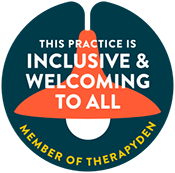Codependency is a behavioral and emotional condition where individuals prioritize others’ needs over their own, often leading to unhealthy relationships. Research shows that the four main types of codependency include the caretaker, enabler, controller, and adjuster. The caretaker constantly sacrifices their own well-being to care for others, often feeling needed as a way to gain self-worth. The enabler supports or covers for another person’s harmful behavior, such as substance abuse, to avoid conflict or guilt, indirectly allowing the destructive patterns to continue.
The controller type tries to manage or dictate the behaviors of others to maintain a sense of stability, often stemming from fear of chaos or loss. The adjuster, on the other hand, adapts their behavior to please others, suppressing their own emotions and desires to avoid rejection or disapproval. Recognizing these types is crucial for self-awareness and personal growth, as each can impact relationships differently and may require targeted strategies for healthier interactions and boundaries.






























